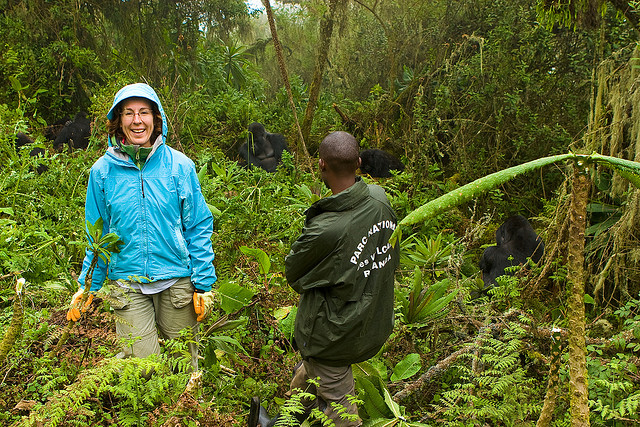
Online forums are important means of people living with health conditions to obtain both emotional and informational support from this in a similar situation. Pictured: The Alzheimer Society of B.C. unveiled three life-size ice sculptures depicting important moments in life. The ice sculptures will melt, representing the fading of life memories on the dementia journey. Image: bcgovphotos (Flickr)
Online support groups are being used increasingly by individuals who suffer from a wide range of medical conditions. OII DPhil Student Ulrike Deetjen’s recent article with John Powell, Informational and emotional elements in online support groups: a Bayesian approach to large-scale content analysis uses machine learning to examine the role of online support groups in the healthcare process. They categorise 40,000 online posts from one of the most well-used forums to show how users with different conditions receive different types of support. Online support groups are one of the major ways in which the Internet has fundamentally changed how people experience health and health care. They provide a platform for health discussions formerly restricted by time and place, enable individuals to connect with others in similar situations, and facilitate open, anonymous communication. Previous studies have identified that individuals primarily obtain two kinds of support from online support groups: informational (for example, advice on treatments, medication, symptom relief, and diet) and emotional (for example, receiving encouragement, being told they are in others’ prayers, receiving “hugs”, or being told that they are not alone). However, existing research has been limited as it has often used hand-coded qualitative approaches to contrast both forms of support, thereby only examining relatively few posts (<1,000) for one or two conditions. In contrast, our research employed a machine-learning approach suitable for uncovering patterns in “big data”. Using this method a computer (which initially has no knowledge of online support groups) is given examples of informational and emotional posts (2,000 examples in our study). It then “learns” what words are associated with each category (emotional: prayers, sorry, hugs, glad, thoughts, deal, welcome, thank, god, loved, strength, alone, support, wonderful, sending; informational: effects, started, weight, blood, eating, drink, dose, night, recently, taking, side, using, twice, meal). The computer then uses this knowledge to assess new posts, and decide whether they contain more emotional or informational support. With this approach we were able to determine the emotional or informational content of 40,000…





